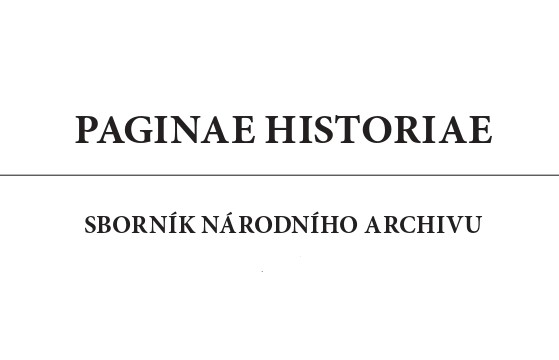Podkarpatská Rus a Slovensko v medzivojnovom Československu – hľadanie novej koexistencie (1918–1930)
Subcarpathian Rus’ and Slovakia in Inter-War Czechoslovakia – Looking for a New Existence (1918–1930)
Author(s): Peter ŠvorcSubject(s): Regional Geography, Political history, Social history, Pre-WW I & WW I (1900 -1919), Interwar Period (1920 - 1939)
Published by: Národní archiv
Keywords: Czechoslovakia; inter-war period; Subcarpathian Rus’; Slovakia;
Summary/Abstract: Slovakia and Hungarian Rus’ (after 1919 Subcarpathian Rus’) remained a part of Kingdom of Hungary till the end 1918. Magyarisation policy of government in Budapest affected both Slovakian and Ruthenian population who were looking for a way to mutual support and cooperation through their cultural and political representatives in the latter half of the 19th century. Disintegration of Austria-Hungary, establishment of Czechoslovakia and incorporation of Subcarpathian Rus’ to the new state in 1919 created completely new existence conditions for both nations. On one hand, they transformed from oppressed nations to state-forming nations with all rights and possibilities of national development, on the other hand, these new conditions brought for Slovaks and Ruthenians new conflicting situations. These resided in claims to the same territories in North-eastern Slovakia where both Slovak and Ruthenian nationals lived. The land borderline that separated Slovakia and Subcarpathian Rus’ within Czechoslovakia was, in Ruthenian opinion, unfair, since it split Ruthenians into two administrative units – Slovakia and Subcarpathian Rus’. Therefore they requested that the northern parts of former Spiš, Šariš and Zemplín zhupa be joined to Subcarpathian Rus’ which had an autonomous status. These areas were, however, ethnically of Slovakian nature. The request to push the border westward was turned down not only by Slovakian, but also by Czech political representatives, which caused a disillusion in Ruthenian politics and provoked accusations against Prague of reluctance to deal fairly with Ruthenian claims. This disillusion grew even stronger when the autonomy of Subcarpathian Rus’ was not implemented and stayed only in promises, as this it was stipulated already in the Czechoslovak Constitution from 1920. At that time, for its part, Slovakia saw a rise in autonomous movement demanding Slovakian autonomy from Prague. Hence the Slovakian and Ruthenian autonomist efforts were gradually becoming a new platform for a mutual cooperation at the beginning of 1930s.
Journal: Paginae Historiae
- Issue Year: 23/2015
- Issue No: 2
- Page Range: 202-231
- Page Count: 30
- Language: Czech

